They look like ordinary gardens but can be a powerful tool in flood-prone regions by absorbing stormwater and recharging the groundwater system.
Last year, when Brendon Samuels decided to naturalize his front yard in London, Ontario, he took it a step further and installed a rain garden. Rain gardens can alleviate the stress from precipitation on a city’s storm water system — and with the Thames River running through it, London has many areas that are prone to flooding. Rain gardens work by absorbing storm water and reducing runoff from impermeable surfaces — roofs, streets, driveways — thereby decreasing the potential for flooding and drainage issues.
In 2022, a pilot project organized by The London Environmental Network (LEN) encouraged homeowners to install rain gardens on their properties. Similar programs exist in other Ontario cities, but, says Nicole Karsch, LEN’s Director of Programs, “this type of program is not widespread.” LEN received more than 30 applications, from which it selected a half dozen, including Samuels’, in part because of applicants’ proximity to flood issues. Besides hosting workshops and creating an online rain garden guide to share information and expertise, the pilot project included a grant program designed to ensure that cost didn’t deter any applications: successful applicants received up to $1,500 each for the cost of materials and installation.
Rain gardens perform many functions. Not only do they reduce the potential for flooding by collecting stormwater runoff, but also, they can help to restore and recharge the groundwater system. And, they’re designed to attract beneficial birds, bees, and butterflies.
Rain gardens perform many functions, Karsh says. Not only do they reduce the potential for flooding by collecting stormwater runoff, but also, they can help to restore and recharge the groundwater system. And, they’re designed to attract beneficial birds, bees, and butterflies.
Rain gardens typically look like traditional garden beds once the plants fill in, Karsch says. What’s different is what lies beneath. Once Samuels had his design and had received confirmation that there were no underground natural gas, water, or internet lines, he did the digging himself — five and a half feet down — the toughest part of the process, he says. If he were to do it again, Samuels says, that’s one part of the job he might contract out.
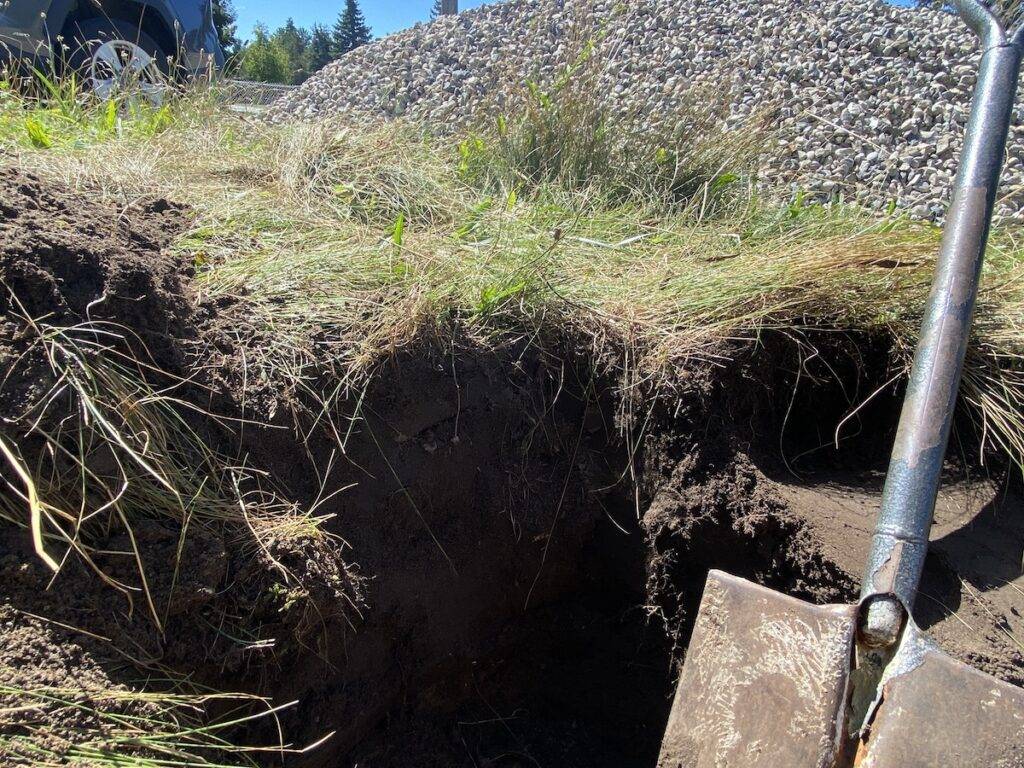

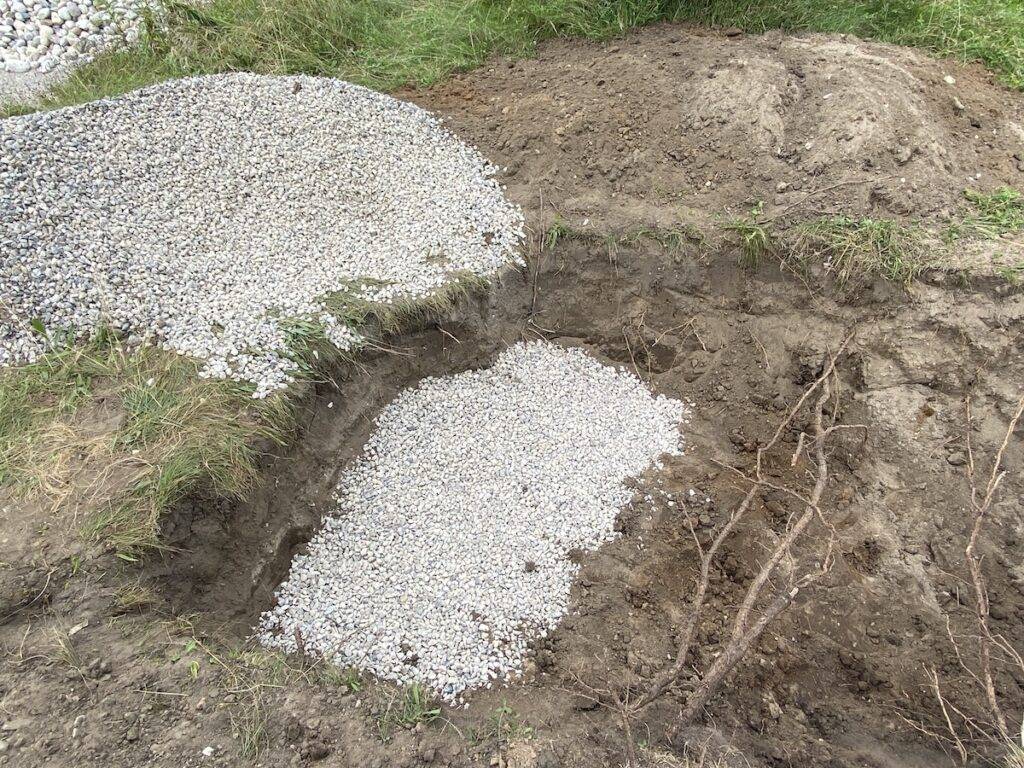
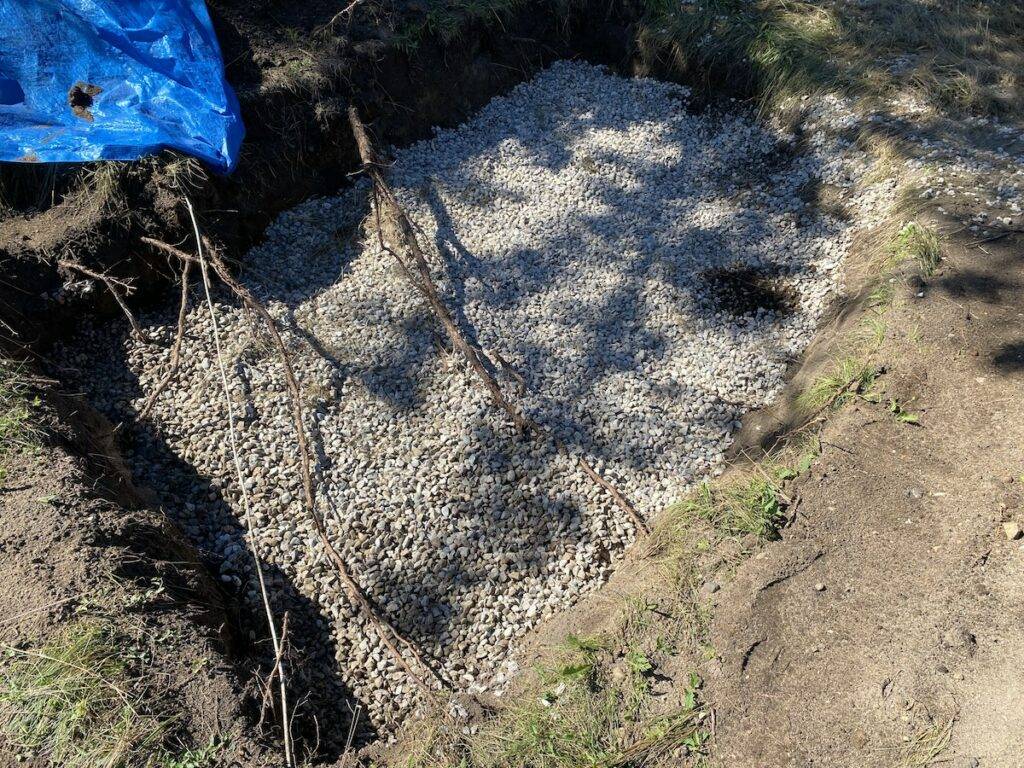

After layering the hole with gravel, then smaller pea stone, then soil, then mulch, he was ready to plant. He chose a diversity of native plants and trees — vegetation with deep root systems that will tolerate the water that pools after heavy rain.
“I considered how they will mature, and included shrubs, native grasses, wildflowers, and perennials,” Samuels says. This spring, a year after he planted, he noticed that some of the foliage was being nibbled by rabbits and deer — a damper on his vision for the garden, he says, but he’s nonetheless happy that he’s offering a food source and an inner city oasis.

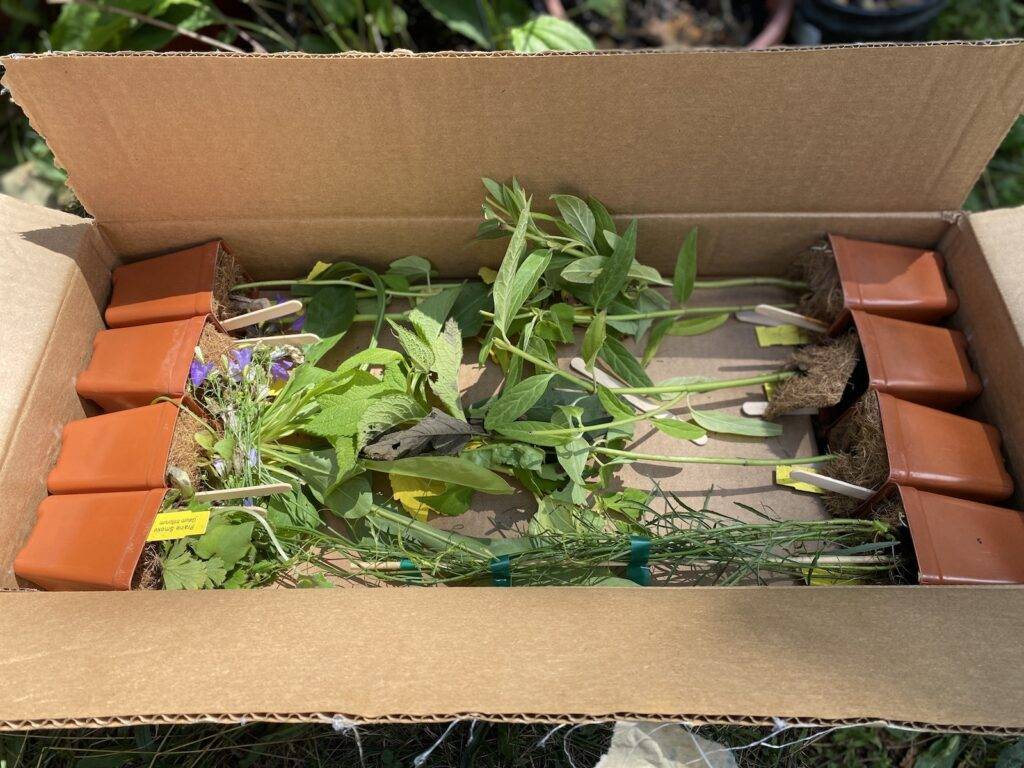
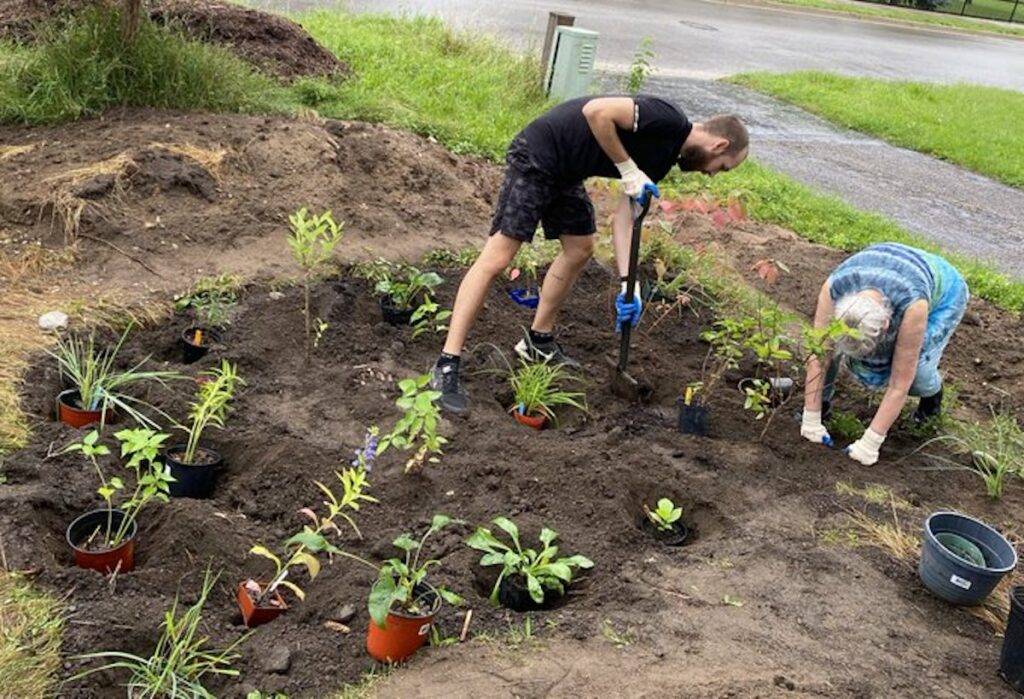



Because of the rain garden program’s success in 2022, the City funded it again this year. LEN tweaked the program a bit, based on feedback and lessons learned from the first year, says Karsch. “We launched in March this year, starting earlier to give more time for site design and planning. We’re limiting it to six homes, and we plan to have staff help people choose plants and assist with digging and planting.” What’s more, LEN is delighted that this program has prompted greater public interest in other green infrastructure projects, such as pollinator gardens and permeable pavers, all of which will help LEN achieve its primary goal — to help London, Ontario become one of the greenest and most resilient cities in Canada.


